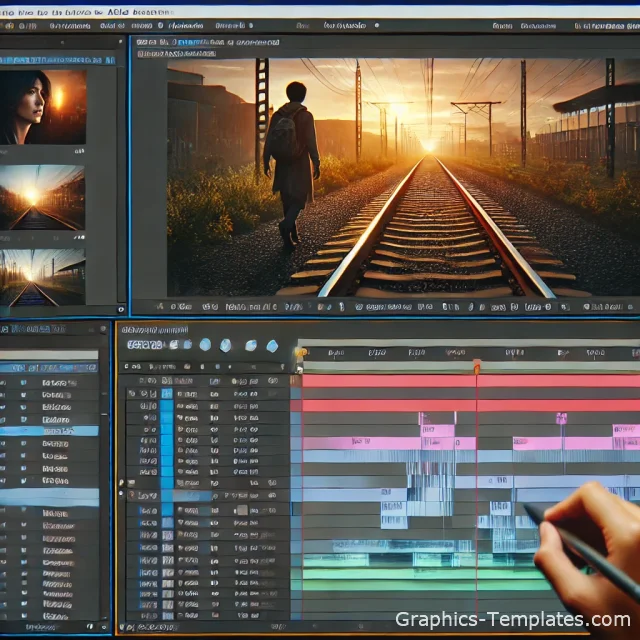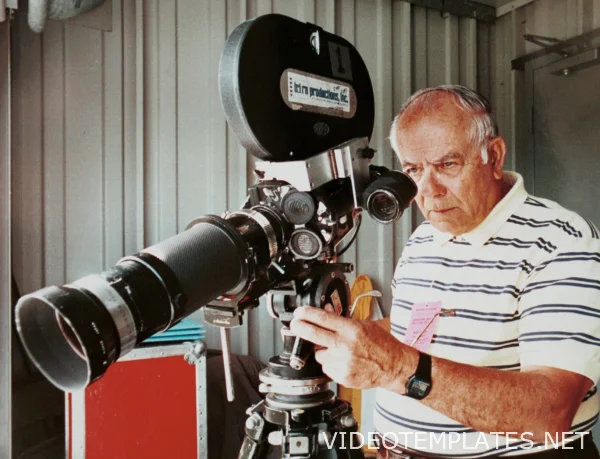How to create a destroyed bridge
Category:
Blog

Sound interesting? Still would! So we thought that such an experience was very useful and decided to take a closer look at the process of creating a suspension bridge structure, which will then be destroyed.
In this practical work, our knowledge of parchment dynamics and RBD modeling will be useful, and it will be fun to program the swing of the bridge before it collapses.
Animated setup of RBD optimization and constraints
For the geometry of the bridge, we use a curve indicating the sine and cosine in a horizontal position. And additionally, we rotate them along the curve. This is necessary to simulate the fall of entire parts of the bridge while in motion.
Destruction work
All parts of the bridge require a separate group of commands, which will be triggered in the specified order for maximum realism of the picture.
Here are the options for working groups: “road surface”, “large pieces”, “traffic lights”, “pedestrians”, and “transport”. They are components of the picture of destruction and restrictions and even removals are applied to each.
The RBD Material Destruction node creates high-resolution logical shapes. To create an effect like a “cluster” would require artistic control over the threshold for disrupting the geometry of the disturbances.
Setting a limit for special effects
First, you need to manually create custom attributes to calculate the transformation matrix based on the names of the parts. We transfer the names of parts (groups) to the level of points - as a result, they are recognized by the rigid body solver as a “static object”. After completing these settings, you can begin to create connections between groups of objects. The original "name" attributes are promoted to the level of a point and restored after creating constraint links between them.
How to create restrictions between groups
In RBD modeling, it is convenient to use soft constraint functions. It provides an ideal fracture view, contains all the rigid constraint functions, and stores the constraint iteration values. We also include the SOP solver to remove restrictions based on the torque attribute (for detachable parts of the destruction). We connect another solver to a solid body, activating the animation of fragments of destruction by distance from the starting point.
By selecting the “transform pieces” function in the menu, you can transfer the high-resolution model back through the node.
Activating animated geometry inside sopsolver
We take two groups of objects - “unbroken wires” and “broken wires” in the foreground of the bridge. 2 groups are created for them and connected to the surface of the bridge. We connect the upper group to the main suspension group using the RBD modeling method with adhesive constraint. With a value of -1, the string of the bridge structure is not subject to destruction at all.
To simulate the vertical parchment and synchronize it with the main structure of the suspension bridge, manual activation of the permanent wire break is required. A single break threshold is not suitable because it may cause the wire to break accidentally. To do this, we connect the SOP solver to the permanent solver, after which the “break threshold” will be transferred to the parchment constraint geometry of the DOP network. We also add a pushing force to the parchment grid to give a horizontal position to the wire before it breaks.
Don't forget to check out our section with ready-made 3D models (follow the link) - there you can download free high-quality models for your projects of various themes - hi-poly highly detailed 3D models for design and architectural visualisations, low-poly meshes for game projects, 3D-print models in STL format and much more!
And if you use the free 3D editor Blender for modelling and animation, we advise you to visit our category with addons for Blender (this link) - there you can also get dozens of useful improvements for your workflow for free!
And if you use the free 3D editor Blender for modelling and animation, we advise you to visit our category with addons for Blender (this link) - there you can also get dozens of useful improvements for your workflow for free!
Add




